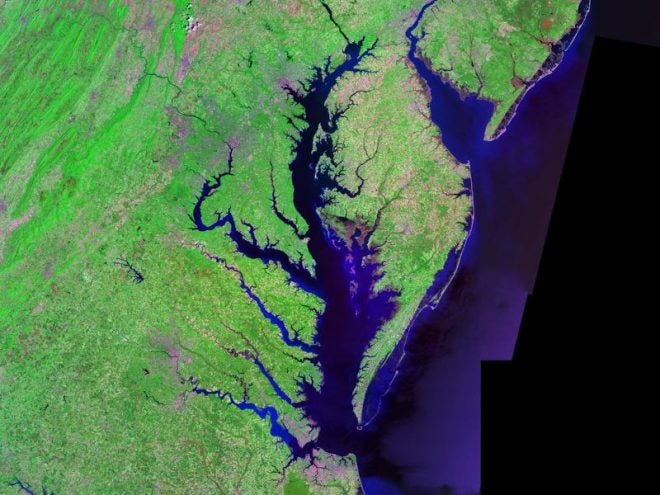Smaller than Average “Dead Zone” in Chesapeake Bay for 2022
Eugene L. 11.22.22

The Chesapeake Bay Program and its partners have announced that this year’s Chesapeake Bay “dead zone” was the 10th smallest “dead zone” observed since 1985 according to their findings released on November 16th. The Chesapeake Bay dead zone is an annual event of an area of low dissolved oxygen in deep waters where excess nutrients have caused anoxic conditions. The nutrients usually including both nitrogen and phosphorus, enter the water through polluted runoff from land sources and feed naturally occurring algae causing algal blooms. This is similar to the Gulf of Mexico “dead zone” that occurs off the coast of Louisiana every year.
Fishing Coverage on AllOutdoor
- 15,000 Redfish Released in Indian River Lagoon by CCA & Mud Hole
- Are You Nuts? Know your Fishing Knots! – Alberto Knot
- Blades: Gamakatsu Releases New Fillet Knives In Four Different Lengths
- CAUGHT: Indiana Man Guilty of Importing 2600lbs of Live Catfish
The findings by the Chesapeake Bay Program were on par with the forecast that researchers released in June. They had estimated a 13% smaller-than-average dead zone due to less precipitation in the winter and spring. This caused less nutrients and sediment runoff to reach the Chesapeake Bay. This annual forecast is developed by the University of Michigan using data collected by the Chesapeake Bay Program, the Maryland Department of Natural Resources, the Virginia Department of Environmental Quality, and U.S. Geological Survey.
“The fact that our June 2022 forecast and the measured size of this year’s dead zone are in close agreement lends credibility to our models,” said University of Michigan aquatic ecologist Don Scavia, who leads one of several research teams partnering with the federal government on the annual forecast.
“But the fact that both numbers are only a small percent below the 38-year average also points out that progress is still way behind goals set by the Chesapeake Bay Program in 2010,” said Scavia, professor emeritus at the U-M School for Environment and Sustainability. “A recent assessment found that the nutrient targets are being missed by wide margins, and the likely reaction is to extend the deadlines.”
While the “Dead Zone” shrinking to its 10th smallest size since 1985 is good news, its not enough to be really considered a great step forwards for the health of the Chesapeake Bay. With oxygen conditions so important for ecologically and economically important oysters, crabs, and other species in the bay, there is still a long way to go for a healthy bay system.